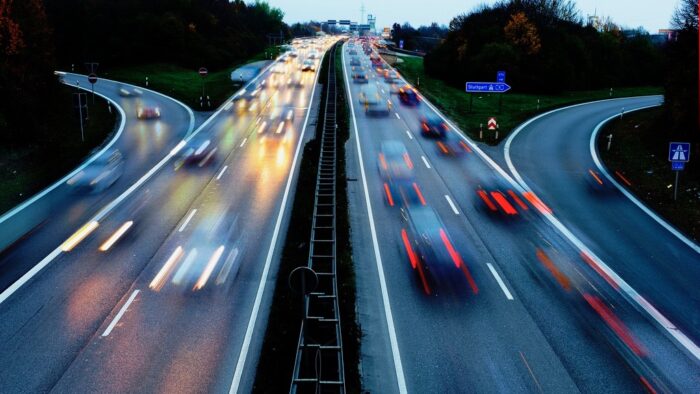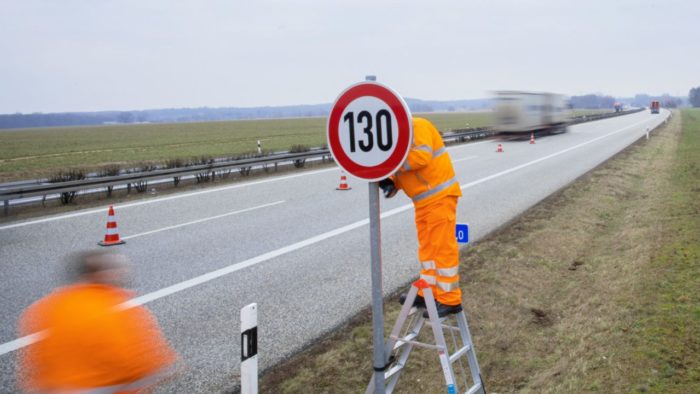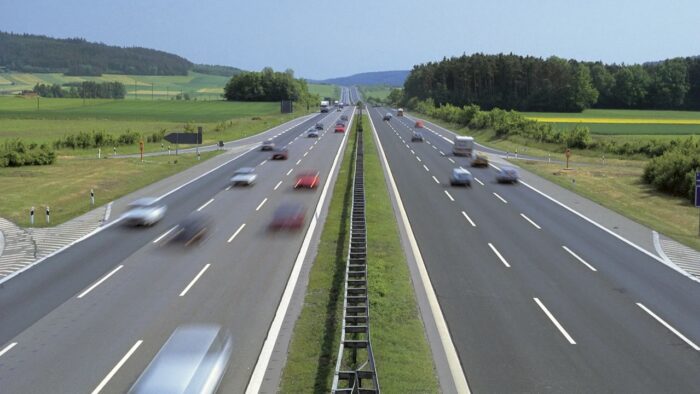When we talk about maximum car speed, especially the sportiest, there are always repeated arguments coming from a certain section of the public: “why does he run so much if there is no place to do it”. It is true that the vast majority of roads are limited by driver safety and that in order to “skip” these rules you would have to go in a circle. However, there is also the possibility to visit Highway German without speed limits for this purpose.
Saga Autobahn
The first thing to do is make the concept unambiguous Highway. It is a general word in German that refers to roads, more specifically to motorways (although they are officially known as the Bundesautobahn). But that does not mean that all motorways in Germany have no speed limits (about 65%). The Autobahn network is one of the largest in Europe and the world, as it consists of more than 13,000 kilometers of roads to connect the whole country.
The origin of your story begins in 1920 with the Weimar Republic. Although the project that encouraged him was the private initiative HaFraBa, which planned a private road for cars that would cross Germany from Hamburg, through Frankfurt, to Basel (Switzerland). This construction stopped by World War II, although during the Nazi era a large increase in transport was planned. It was the idea of Fritz Todt, appointed by Hitler as an inspector for German road construction.
About 3,800 kilometers of the Autobahn could be completed, a small part of almost 20,000 kilometers that had been planned originally. During the post-war period, Germany was two (west and east) they went their separate ways. The roads were repaired as much as possible, always a little more neglected in the east. In the European area, some unfinished chapters were completed. With unification and improved conditions in Germany, the road system was improved until it was one of the best built.
Where are the Autobahn without speed limits
Read the highway does not have a maximum speed required by the federal government for some categories of vehicles (including cars), although this happens in specified sections. In urban areas, with the accumulation of accidents or where the road is in poor condition, well-marked boundaries are set. In addition, the general advice is not to exceed 130 km / h (target speed). This means that you can not be fined for speeding, but if you have an accident at a higher speed, you could be held liable for “increased operational risk”.
So I can run like crazy on the Autobahn without speed limits? well in this case It’s more of a myth than a reality. Germans usually have a lot of respect and do not go over the limit when there is a lot of traffic or bad weather conditions. Speed is almost limited to smaller sections which are outside the cities, at strange times (from 22:00 to 06:00) or on Sundays, which is when carriers rest according to law.
Another remarkable thing about motorway traffic in Germany is that its drivers have a high courtesy and culture at the helm. The left lane syndrome that we see so much on our roads does not appear, they are more aware that a much faster car could come from behind and they try not to obstruct traffic. However, it must be taken into account that at high speeds need to leave a greater safety distance, anticipate braking and set the response time. In Spain, it would be difficult to adopt such a system.
Disputes over the highway
And although in Germany they are more socially aware and drive better, the sections are without speed limits on the Autobahn they could have their days numbered. It has been debated lately. The first reason for limit by law to 130 km / h the entire network (limitation, not just a recommendation) would be that of reduce CO2 and NOx emissions on their behalf. Since the change of government and Merkel giving way to Olaf Scholz and the Social Democrats (SPD), special emphasis has been placed on this aspect.
came to vote, although the reception was not too positive. And then came the other argument against the Autobahn without the speed limit, which was reduce the number of accidents. This issue also provoked considerable controversy, as the vast majority of accidents occur off the highway. Focus on 6% of accidents, though a 12% banaslysa on the highway. It also does not help some occasional news like the Bugatti Chiron at 417 km / h, something that is not illegal, but which many Germans consider harmful to road safety.
Start investing your money in cryptocurrencies and get Free Bitcoin when you buy or sell 100$ or more if you register in Coinbase






